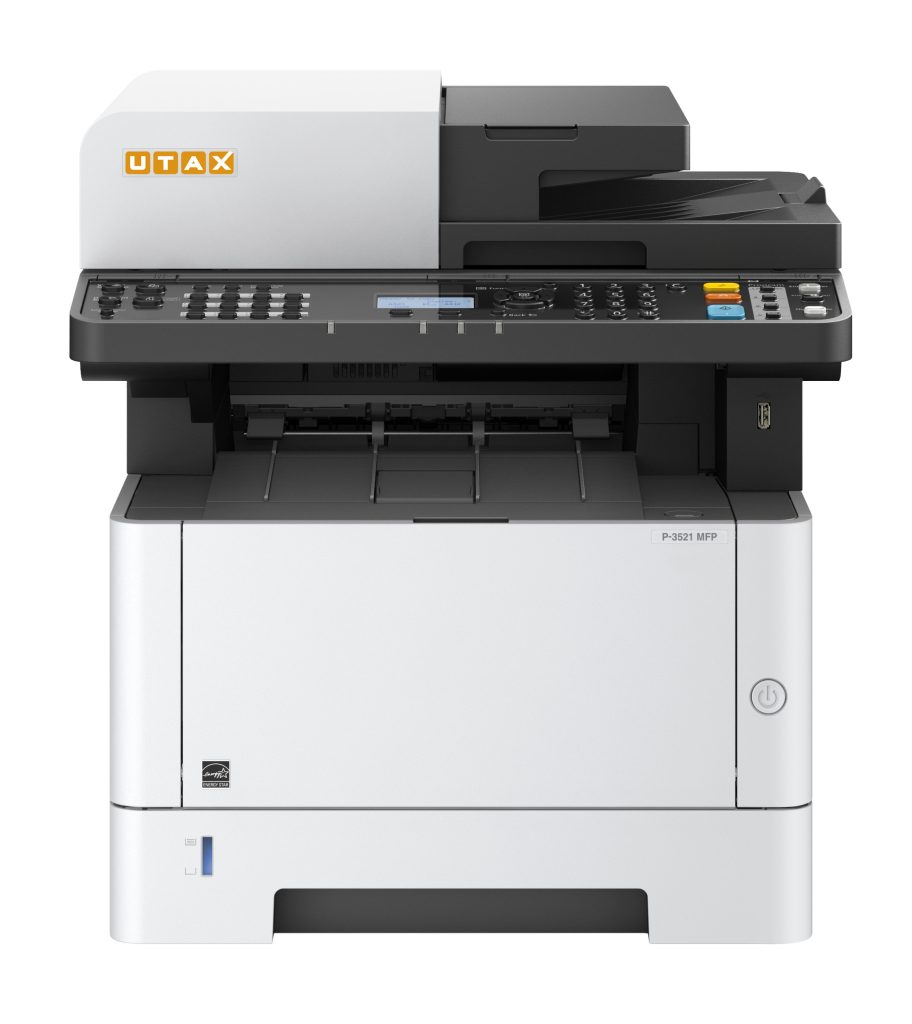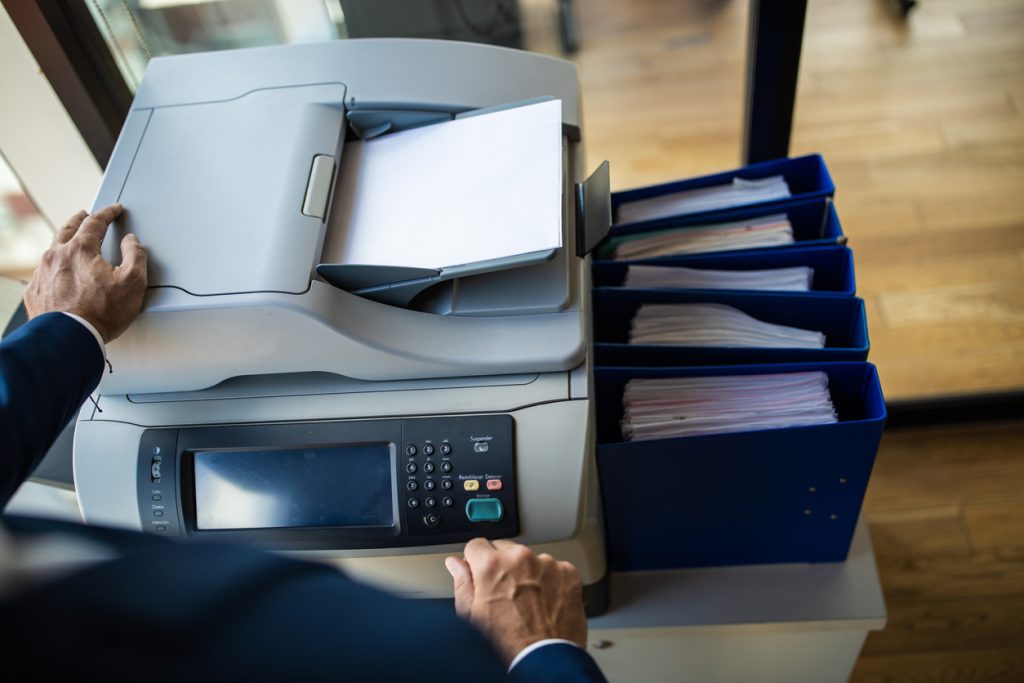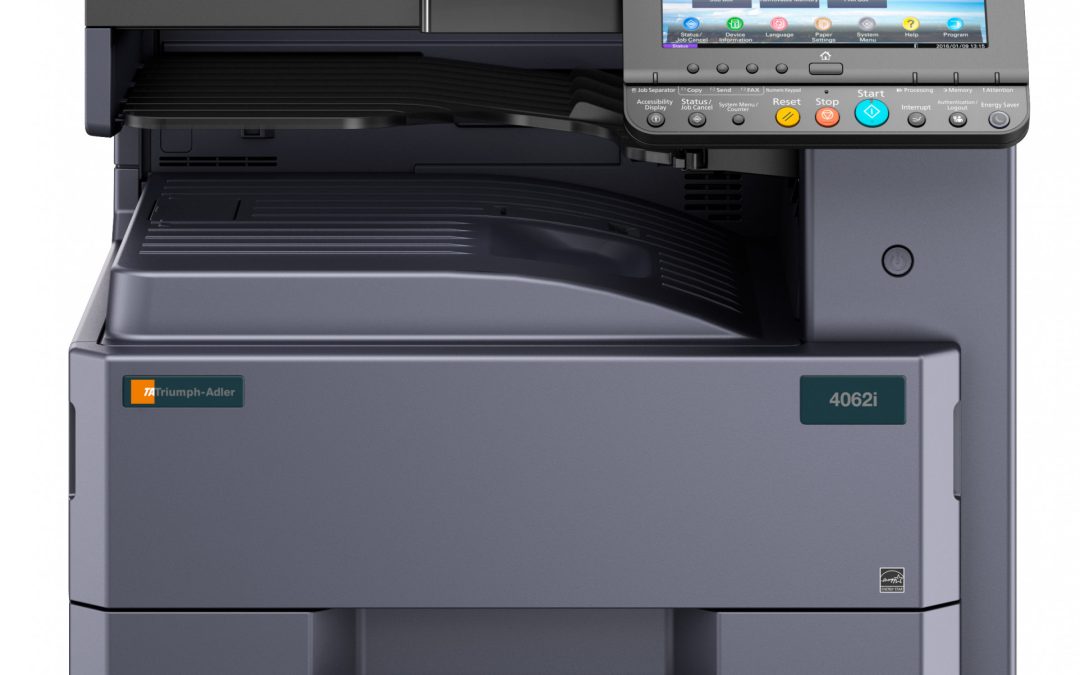Office printers are essential to your daily workflow. Whether you’re printing contracts, invoices, marketing materials, or internal reports, you expect your device to work without issue. But over time, many printers start to slow down, jam, or produce poor-quality results.
These problems don’t appear out of nowhere; they build up due to avoidable issues, many of which suppliers rarely talk about. If you’ve ever asked yourself why your office printer isn’t delivering, it’s time to understand what’s really going on behind the scenes.
Are You Using the Right Machine for the Job?
One of the most common causes of printer failure is a mismatch between the machine and its intended use. If you’re using a desktop model in a high-demand office, it will wear out far more quickly than expected. Printers are designed with duty cycles that reflect how much output they can handle in a given period. When you exceed that limit regularly, the internal components suffer. You might notice more frequent jams, overheating, or slower response times. The machine simply isn’t built to keep up.
Suppliers often recommend the most affordable model to win the sale, not the one suited to your business. This creates long-term problems that cost you time and money. If your printer fails prematurely, the real cost isn’t the repair; it’s the lost productivity, the disruption to your team, and the frustration of dealing with support that doesn’t deliver.

What Happens When Maintenance Is Skipped?
All machines need regular upkeep. Basic servicing can significantly extend the life of office printers. Without it, dust builds up, rollers wear out, and toner leaks can affect print quality. You might see marks on the paper, misaligned text, or sheets getting stuck halfway through the process.
Unfortunately, many suppliers don’t explain the importance of scheduled maintenance. They sell the machine and move on. When problems start appearing, you’re left to deal with them alone. By that point, minor issues usually turn into something more serious. If you’re not receiving proactive servicing, your printer is at greater risk of failure, often at the worst possible moment.
Are Firmware and Drivers Being Kept Up to Date?
Printer reliability isn’t just about the hardware. The software behind your machine plays a crucial role in performance. Outdated firmware or missing driver updates can lead to connectivity problems, scanning errors, or even complete system crashes. These issues are avoidable but often go unaddressed when support isn’t built into the service.
If your printer constantly drops off the network or struggles communicating with your devices, you may be dealing with outdated software. This is especially common in offices using mixed operating systems or shared networks. Without ongoing support from a knowledgeable provider, you’ll spend more time troubleshooting than printing.
How Much Does User Error Contribute to Printer Issues?
Incorrect use is a significant factor in printer breakdowns. That doesn’t mean your team is careless; it usually means they’ve never been shown how to use the machine properly. Common examples include loading the wrong type of paper, using non-genuine toner, or forcing a jammed tray. Over time, these habits damage internal parts and reduce reliability.
Most suppliers install the device and leave. They don’t provide hands-on training or guidance. Without that support, even well-meaning users can unknowingly shorten the life of your printer. If you’re seeing repeat issues, it’s worth asking whether your team has been given the knowledge to use the equipment properly.

Is Your Supplier Focused on Long-Term Performance?
Some suppliers operate on a sales-first, service-second model. They want to move equipment quickly, and long-term reliability isn’t their priority. That’s why many offices end up with poorly matched, under-maintained, or unsupported machines. When something goes wrong, the supplier is slow to respond or, worse, refers you to a third party.
This approach leaves you with the burden of managing performance, chasing fixes, and absorbing the cost of downtime. A better supplier takes full responsibility for the machine from installation to servicing. They recommend the right model, explain how to use it, and provide fast, knowledgeable support when needed. That’s what separates a reliable partner from a box-shifter.
What Are the Hidden Costs of Printer Failure?
Printer breakdowns are never convenient, but the real impact goes beyond the device itself. When your printer fails, your team loses time. Projects are delayed, deadlines are missed, and documents have to be reprinted. In many cases, staff end up using alternative machines or manual workarounds that increase stress and reduce efficiency.
You also face the cost of emergency repairs, replacement parts, or even full replacement if the damage is beyond repair. These failures can affect your reputation in businesses where print output supports client relationships or compliance. When suppliers cut corners, you pay the price, often repeatedly.
How Can You Prevent These Issues Before They Start?
You don’t need to settle for unreliable equipment or substandard service. The solution starts with choosing a supplier that prioritises long-term performance. That means matching you with a machine that suits your workload, offering servicing as standard, and supporting your team from day one.
Regular maintenance, firmware updates, user training, and fast local support contribute to fewer issues and better performance. These aren’t add-ons, they’re essential for any reliable printer setup. When your supplier delivers all this consistently, you see fewer breakdowns, lower running costs, and a more productive office.
Want a printer that works when you need it most?
Speak to Nationwide Copiers today for reliable equipment, expert advice, and support that puts your business first.

